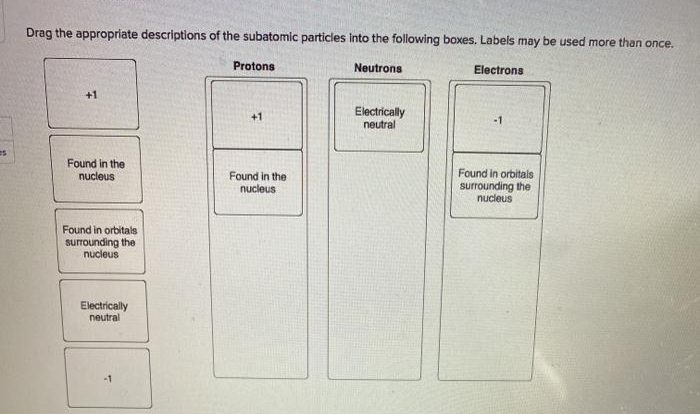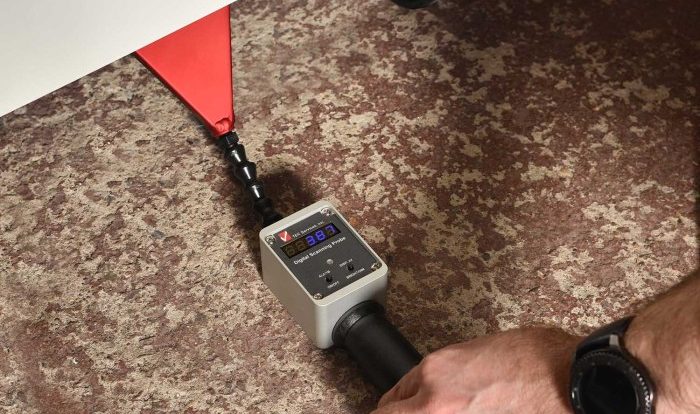Welcome to the definitive guide to free body diagrams worksheet answers, where the intricacies of mechanics unfold in a lucid and engaging manner. This comprehensive resource unravels the secrets of FBDs, empowering you with the knowledge to tackle complex physics problems with precision and confidence.
Delve into the fundamentals of FBDs, mastering the art of crafting accurate diagrams that capture the interplay of forces acting on objects. Explore real-world applications, witnessing the practical significance of FBDs in engineering, architecture, and beyond.
Free Body Diagrams (FBDs)
Free body diagrams (FBDs) are visual representations of the forces acting on an object. They are essential tools for analyzing the motion of objects and understanding the forces that cause them to move. FBDs are used in a wide range of fields, including engineering, physics, and biomechanics.
To create an FBD, first identify the object of interest. Then, draw a simple sketch of the object and label all of the forces acting on it. The forces should be represented by vectors, which have both magnitude and direction.
Once the FBD is complete, it can be used to analyze the object’s motion and determine the resultant force and torque acting on it.
FBDs in Various Scenarios
FBDs can be used to analyze objects at rest or in motion. They can also be used to analyze objects on inclined planes and pulleys. For example, an FBD can be used to determine the forces acting on a car as it drives down a hill or the forces acting on a bicycle as it is pedaled.
FBDs for Complex Systems, Free body diagrams worksheet answers
FBDs can also be used to analyze complex systems with multiple forces acting on them. In these cases, it is often necessary to use a systematic approach to determine the resultant force and torque. One common approach is to use the principle of superposition, which states that the resultant force and torque acting on a system is the sum of the forces and torques acting on each individual component of the system.
FBDs in Real-World Applications
FBDs are used in a wide range of real-world applications. For example, they are used by engineers to design and test structures, by architects to design buildings, and by manufacturers to design products. FBDs are also used in accident reconstruction and sports biomechanics.
Essential FAQs: Free Body Diagrams Worksheet Answers
What is the purpose of a free body diagram?
A free body diagram is a graphical representation of all the forces acting on an object.
How do I create a free body diagram?
Start by identifying the object of interest and drawing it in a simplified form. Then, identify all the forces acting on the object and draw them as vectors originating from the object.
What are some common mistakes to avoid when creating free body diagrams?
Common mistakes include forgetting to include all the forces acting on the object, drawing the forces in the wrong direction, and not labeling the forces.


